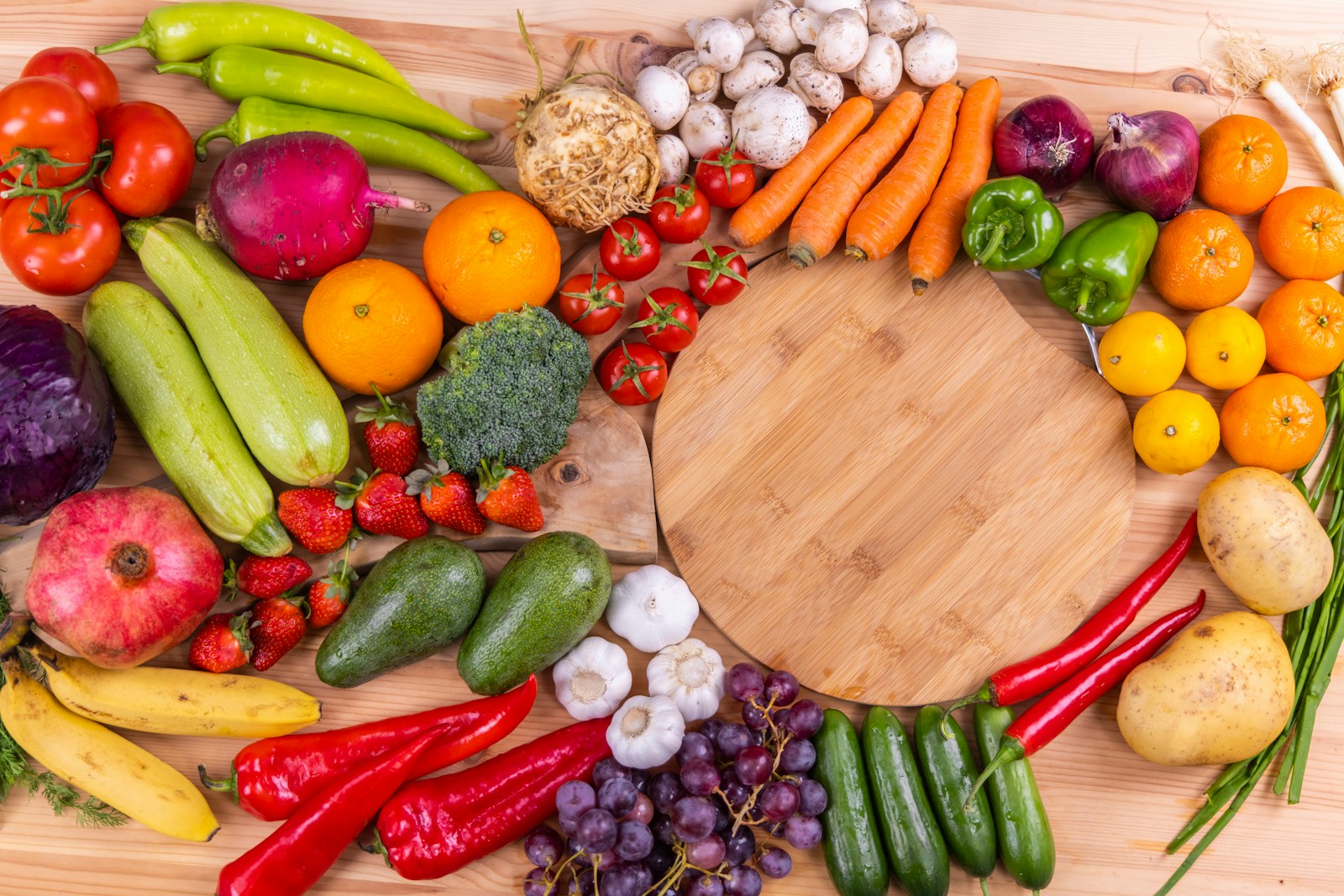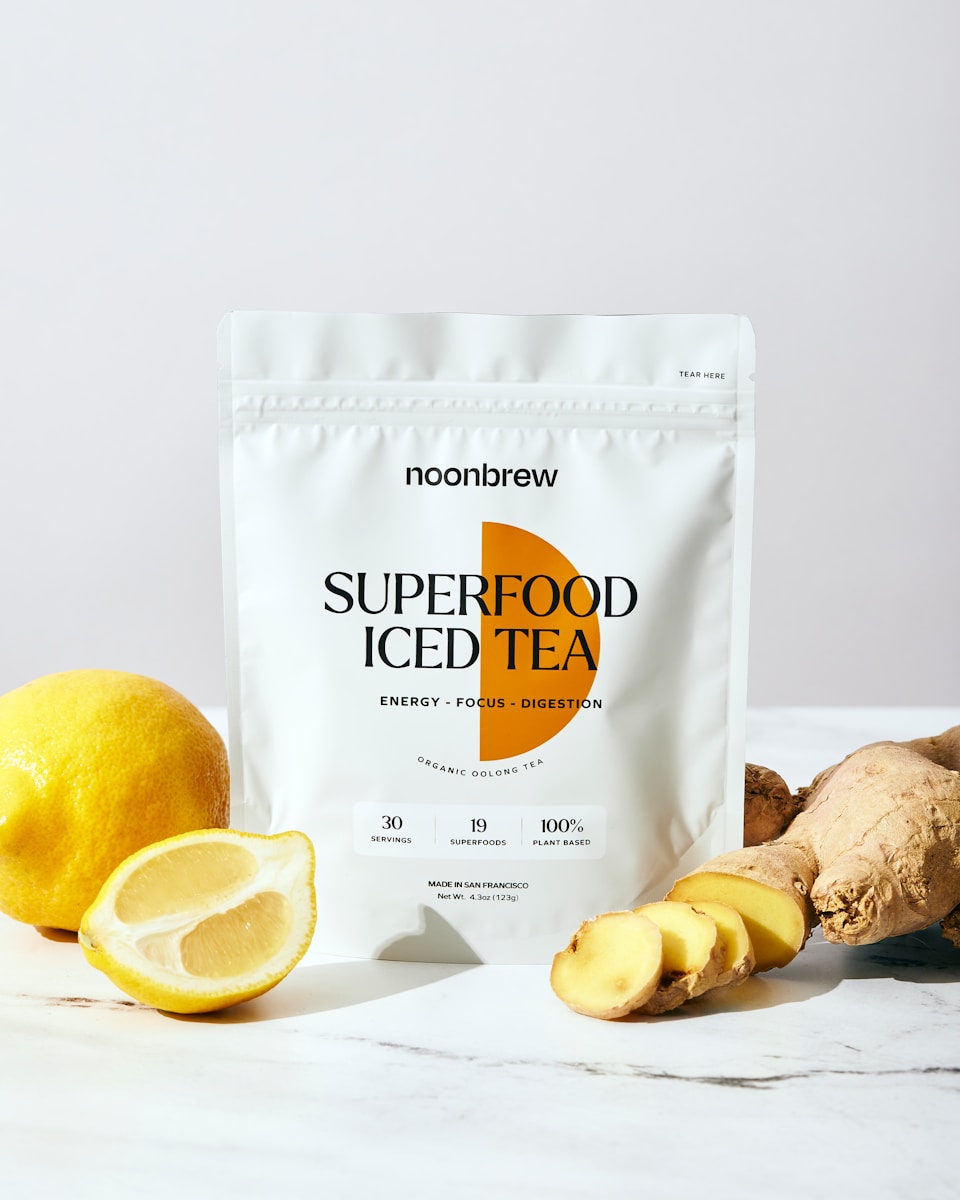5. Full-Fat Dairy / Saturated Fats in Dairy
Think about: Cheesy mac and cheese, creamy coffee, or a tall glass of milk, butter, ice-cream, sauces rich in cream — many of us grew up on dairy.
Why it may be a problem:
-
Full-fat dairy has saturated fat, which can raise inflammation in a similar way to meats.
-
Some individuals are sensitive to dairy proteins (casein, whey). That might provoke mild immune responses in those people, increasing joint discomfort.
Try instead: Choose plant-based milks (like almond or oat milk – making your own from fresh nuts or oats is simple and will save you quite a few bucks), dairy-free cheeses are also available ( Again, I suggest making your own. There are many basic recipes you can follow.)
6. Heavily Processed Vegetable Oils High in Omega-6
Think about: That bottle of “vegetable oil” you grab because it sounds healthy — but not all vegetable oils are created equal.
Why it may be a problem:
-
Omega‑6 fatty acids are not bad by themselves, but when you have a lot more omega‑6 than omega‑3 fats, they push the body toward producing more inflammatory molecules (prostaglandins and leukotrienes).
-
Many processed foods use these oils, adding up the load quickly.
Examples: Corn oil, sunflower oil, soybean oil, safflower oil commonly used in restaurants as well as home cooking, and often found in processed and fried foods.
Try instead: Cook healthier oils like with olive oil or avocado oil. Be very moderate and limit your oil use. Avoid exposing oils to very high temperatures and avoid deep frying. Add foods like chia seeds, flaxseeds, walnuts and breadfruit to increase omega-3.
7. Foods High in AGEs (High‑Heat Cooked Foods)
Think about: Grilled meats, fried foods, heavily browned or charred items – That browning on your food causes more harm than good.
Why it may be a problem:
-
AGEs are harmful compounds formed when proteins or fats combine with sugars at high temperatures (like frying, browning, grilling).
-
These compounds increase oxidative stress (cellular damage by free radicals) and trigger inflammation in tissues including joints.
-
Over time, AGE accumulation contributes to cartilage breakdown.
Try instead: Healthier cooking methods like steaming, baking at lower temps, or sautéing gently in healthy oils or even water. Add anti-inflammatory herbs like turmeric or ginger to your cooking
8. Dairy & Egg Proteins (in Sensitive Individuals)
Think about: Milk in your coffee, scrambled eggs, yoghurt, cheese in pizza.
Why it may be a problem (for some):
-
Proteins like casein (in milk) and egg albumin may trigger mild immune responses or sensitivities in certain individuals, leading to flare-ups or increased inflammation.
-
Even when not a classic allergy, the immune system may treat these as “foreign” and release inflammatory molecules.
Try instead: Try plant-based alternatives for a week or two and see if your symptoms improve. Use chickpea flour or tofu as an egg replacement in recipes.
9. Alcohol
Think about: That glass of wine at dinner, that beer after work on a Friday, or that weekend cocktail. Seems harmless right? They also do more harm than you think.
Why it may be a problem:
-
Alcohol can increase oxidative stress and promote inflammation in tissues.
-
It can interfere with immune function and worsen sleep or liver stress — both of which influence inflammation.
-
It may interact with arthritis medications, complicating treatment.
Try instead: Try water with lemon, smoothies, or mocktails (without the soda) made with herbs and fruit.
10. Nightshade Fruits & Vegetables — For Some People
Think about: Tomatoes in your pasta, white potatoes and eggplant in your stew, bell peppers in your salad — these are staples in many homes. While these are healthy foods, some report experiencing certain symptoms after consumption.
Why it might be a problem (for some):
-
Nightshades contain compounds called alkaloids (like solanine), which in theory may irritate gut tissue or weak immune systems.
-
Some suggest that in sensitive individuals, these compounds might increase gut permeability (leaky gut) and thereby promote systemic inflammation that could aggravate joints.
There is not much evidence to support this but rather anecdotal reports.
Try instead: If you think nightshades might be a trigger for you, try removing them for a couple of weeks and see how you feel. Use other options such as zucchini, sweet potatoes, or squash instead. Focus on rebuilding your gut health with a variety of whole plant- based foods.
Key Takeaways
-
Arthritis is inflammatory; diet can either add fuel or help dampen that fire.
-
Foods high in saturated/trans fats, refined sugars, processed meats, high salt, and heavily processed oils are likely to worsen symptoms.
-
Cutting back on processed foods and loading up on plants — can make a real difference in how your joints feel. Studies done have demonstrated that a whole food plant-based diet, rich in dietary fibers and antioxidants, can improve the composition of the gut flora and RA disease activity.




